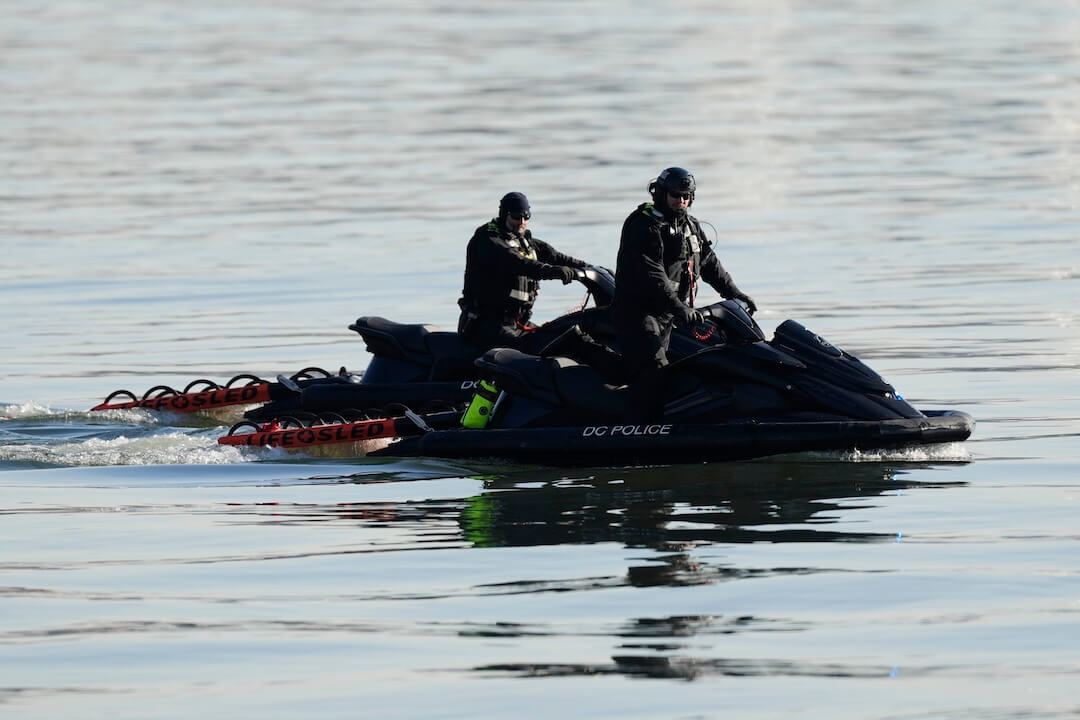For many years, some media critics have insisted that press coverage that refers to female politicians’ looks — particularly when there’s no similar reference to male politicos — trivializes and damages them in the eyes of potential voters.
Now the Women’s Media Center and She Should Run have released studies they say prove those criticisms, developed in a joint project called Name It. Change It. In one survey, conducted online, they reached 1,500 likely voters to gauge what would happen to female candidate’s electoral chances if she were described in news stories that outlined her appearance. In another, they used an online dial survey to sample 1,000 likely voters on the effects of sexist coverage for female candidates who were white, black, Latina and Asian American.
The first survey found that news stories that mentioned female candidate “Jane Smith” ‘s appearance hurt her chances of getting votes against male candidate “Dan Jones,” regardless of whether the description was neutral, positive or negative.
In fact, positive descriptions of the candidate’s appearance hurt her more than neutral ones; among respondents who heard a flattering description of Jane, she had an 11 percent disadvantage to Dan, compared to a 5 percent disadvantage after a neutral description (the two were evenly supported by respondents who heard no physical description.
And the descriptions were taken from actual news stories in the 2012 election, including a negative passage noting Smith “unfortunately sported a heavy layer of foundation and powder that had settled into her forehead lines, creating an unflattering look for an otherwise pretty woman, along with her famous fake, tacky nails.”
The second survey divided respondents into four groups and presented each with a Jane Smith of a different ethnicity — white, black, Latina and Asian — running against a white male Dan Smith. Presenting their group of likely voters with negative news stories on every candidate, they found coverage that included language labeling the female candidate a “mean girl” or “ice queen” damaged her image with respondents worse than tough coverage of the male candidate that focused on his actions.
In both surveys, the female candidates were helped by making statements denouncing the sexist (and/or racist) nature of the reporting; they were helped further by similar statements from third-party groups such as the two organizations that funded the study.
These analyses emerge days after President Obama had to apologize for calling California’s Attorney General Kamala Harris “the best-looking attorney general in the country.” New York Times columnist Maureen Dowd also offered a piece Sunday that dwelled on Hillary Clinton’s looks while contemplating her possible run for president.
In describing her appearance at a conference in Lincoln Center Friday, Dowd wrote of Clinton: “her new haircut sends a signal of shimmering intention: she has ditched the skinned-back bun that gave her the air of a K.G.B. villainess in a Bond movie and has a sleek new layered cut that looks modern and glamorous.”
Dowd’s words mirror the language in the surveys, which contend that, regardless of whether the depictions are flattering, describing a female politician’s appearance brings negative reaction from voters that can only be corrected by denouncing the coverage directly.
“Women candidates pay a real price when they are covered in a way that focuses on their appearance,” said Celinda Lake of Lake Research Partners, which helped conduct the studies, in a statement released by Name It. Change it. “Even what we thought was benign coverage about how a woman dresses has a negative impact on her vote and whether voters perceive her as in touch, likeable, confident, effective, and qualified. And, in close races, sexist coverage on top of the attacks that every candidate faces can make the difference between winning and losing.”
Name It. Change It.‘s site has blog posts, Twitter streams and links to reports on sexism in political coverage. It also has a guide to candidates for responding to such coverage and a media guide encouraging gender-neutral coverage of political campaigns.
“The press is part of the problem,” said Women’s Media Center president Julie Burton in a statement. “It may be more fun to focus on a woman’s shows than her views, but this coverage has a real impact on women candidates.”






Comments